|
Bridger Properties has a mixed-use development planned for a site adjacent to the William Root House, Marietta Square Market, and Marietta Station. The plan has elicited many opinions. Cobb Landmarks staff, with the blessing of the Co-Chairs of the Board of Trustees, would like to share our understanding of the process to date, as well as our concerns moving forward. The first design proposed by Bridger was denied Spring 2023 by the Historic Board and City Council for failing to comply with Historic Board of Review guidelines. Bridger was then prompted to release a public survey asking for input from the community for a new design.
If City Council were to reject the proposed plan, Cobb Landmarks understands that the only means of appeal for Bridger would be legal action. Should litigation ensue, Cobb Landmarks is concerned that if Bridger prevailed, they would no longer utilize any of the historical elements currently proposed and could instead construct a development which is not sympathetic with the surrounding historic area. In conclusion, Cobb Landmarks staff worked closely with Bridger representatives and their architect throughout the redesign of this project. We valued the opportunity to meet and consult with them and appreciate their sincere effort to please the community. In our experience, Bridger has been more than accommodating as they have attempted to create a design that meets historic guidelines, zoning, and ordinances.
0 Comments
Juneteenth marks the end of slavery in the United States. Although the Emancipation Proclamation had declared “all persons held as slaves” would be “forever free” on January 1, 1863, it wasn’t until U.S. Major General Gordon Granger read General Order #3 at Ashton Villa in Galveston, Texas on June 19, 1865, that the last enslaved people in America were finally set free. Juneteenth, a combination of “June” and “nineteenth,” commemorates that day. In 1860 Marietta had 297 households and a population of approximately 2,600. Of the 297 households, 137 (46%) held slaves. The same census shows that there were four enslaved people at the William Root House property: two men and two women, ages 35 to 73. Recently discovered Root family papers and new research into public documents are helping to tell the story of the lives of these individuals. At the Root House Museum, an 1830s log cabin is used to help tell the stories of the enslaved individuals who labored at the Root House property and would have lived in a similar cabin. A garden sculpture erected next to the cabin is dedicated to the 1,200+ enslaved individuals living in Marietta prior to 1860 whose names were not recorded and are now lost to time. The William Root House Museum invites the community to learn about Juneteenth during a special event on June 10, 2023. The day will include guided museum tours, living history demonstrations, crafts, storytelling, and more. The museum is pleased to offer free admission during the event. WHAT: Juneteenth WHEN: June 10, 2023 10:00am-4:00pm WHERE: William Root House | 80 N Marietta Parkway, NW | Marietta, GA 30060 COST: FREE INFO: WilliamRootHouse.com ABOUT THE WILLIAM ROOT HOUSE: The Root House Museum is the first house museum in the U.S. to offer a fully self-guided touchscreen tour. One of the oldest homes in the Atlanta area, the Root House is more typical of its time and place than the columned mansions popularized by Gone With the Wind. While the home and grounds have been meticulously restored to their 1860 appearance, interactive electronic displays have been added to tell the story of the Root family and their enslaved house servants. Cobb Landmarks Executive Director Trevor Beemon was recently contacted by historic photo collector Chad Carlson. Chad had just purchased a rare ambrotype of a young cadet wearing a Georgia Military Institute uniform. The Georgia Military Institute (GMI) operated in Marietta from 1851 to 1864, and images of cadets from GMI are extremely rare. In fact, only a dozen images of GMI cadets are known to exist. The image Chad had purchased was a real treasure. Trevor was excited to see it, but did not yet realize the true significance of the image. The image Chad had was an ambrotype, an underexposed glass negative placed against a dark background held together with a brass frame set inside a decorative wooden case. Chad had taken the case and frame apart and planned to clean the pieces and reassemble them. When he took everything apart he was able to reveal the name of the cadet which wasn't usually visible: W K Root. When Chad saw the name "W K Root" he did a quick search online and found the William Root House Museum. He reached out to Trevor looking to confirm that the image he had was of William Root's son, William (Willie) Kemper Root. There was only one problem. The person in Chad's ambrotype looked nothing like the Willie in a photo on display at the museum. The photo on display had been given to the Root House by Root family descendants. Among the images given to the museum, one was supposedly Willie and the other his brother, James. Trevor had always suspected that the two images were, perhaps, just two different photos of the same person. Chad's discovery seemed to confirm it. Was Chad's image really Willie? Analysis of the ambrotype and case gave Cobb Landmarks staff members a lot of clues. One clue was the handwriting labeling the image. Cobb Landmarks staff compared the handwriting to another verified image in the museum's collection. Next, Cobb Landmarks confirmed that Willie attended GMI and concluded that he had attended just one year - 1858. Finally, the image was compared to images of other members of the Root family. The resemblance between this new image of Willie and his sister, Mary Hannah, was strong. With this new information, and support from donors Terri and Steve Cole, Cobb Landmarks acquired the image from Chad. This new image will replace the mislabeled image currently on display, correcting an error, and giving visitors an opportunity to see, first-hand, that historic interpretation is never static. Historians are always making new discoveries and learning new things. It's amazing that, after operating the Root House as a museum for over thirty years, new artifacts from the Root family can still walk through the door. Cobb Landmarks & Historical Society is excited to share that the William Root House is now a member of Georgia Grown, a marketing and economic development program of the Georgia Department of Agriculture. The Root House was built circa 1845 for Hannah and William Root, early settlers of Marietta. Today the home and its gardens are operated as a museum. William Root was one of Marietta’s earliest merchants and its first druggist. Born in Philadelphia in 1815, William moved to Marietta in August 1839 to open a drug/mercantile store on the Marietta Square.
The gardens at the William Root House have been reconstructed to reflect the gardening practices of the mid-19th century. All of the vegetables, herbs, fruit trees, decorative flowers, and blooming shrubs found in the garden today were researched for availability in Georgia during the 1850s. Homes like the Root House typically had three distinct gardens: an ornamental garden in front of the house with flowers and shrubs, a kitchen garden near the cookhouse with culinary and medicinal herbs, and a vegetable garden at the back of the property. Since 1990, the Master Gardener Volunteers of Cobb County have managed the Root House gardens as one of their many and varied gardening projects. Dedicated volunteer gardeners demonstrate to visitors the importance of heirloom gardening. The Georgia Master Gardener Extension Volunteer Program connects UGA Extension, plant enthusiasts, and communities across the state. By joining the Georgia Grown program, Cobb Landmarks hopes to promote the Root House property as a Georgia agritourism site. On September 8, 2021, Cobb Landmarks Executive Director Trevor Beemon spoke with students in the University of West Georgia’s Public History and Museum Studies Programs. Trevor was invited to participate in a panel discussion on the subject of “directing a museum through a climate of change.” Trevor was joined on the panel by Sheffield Hale, CEO of the Atlanta History Center, and Leslie Gordon, Executive Director of the William Breman Jewish Heritage Museum. It was a great honor for Trevor to be asked to participate on this panel among some of Atlanta’s most respected cultural institutions.
MARIETTA, GA, June 16, 2021 - Cobb Landmarks & Historical Society dedicated a new sculpture at the William Root House on June 12, 2021. The Root House was built circa 1845 for Hannah and William Root, early settlers of Marietta. Born in Philadelphia in 1815, William moved to Marietta in August 1839 to open a drug/mercantile store on the Marietta Square. During the 1990s, the Root House was meticulously restored to its original appearance and is now operated by Cobb Landmarks as a historic house museum.
Situated on the Root House property is the circa 1830s Manning Family Cabin. Cobb Landmarks uses the cabin to help tell the stories of the enslaved individuals who labored at the Root House property and who would have lived in a similar cabin. The 1860 census shows that Marietta had 297 households and a population of approximately 2,600. Of the 297 households, 137 (46%) held slaves. According to the 1860 slave schedule (census), Marietta's slave population in 1860 was roughly 1,200, meaning that almost 45% of Marietta’s total population was enslaved at that time. To honor and remember the the more than 1,200 enslaved people living in Marietta prior to the end of the Civil War, Cobb Landmarks partnered with Kennesaw State University’s (KSU) School of Art and Design to create a new garden sculpture. For the sculpture, KSU students used state-of-the-art scanning technology to 3D scan living history interpreter Misha Harp. This scan was used to print a maquette of the sculpture using a 3D printer, which helped inform sculptors as they crafted the full-size sculpture. The unveiling, which attracted a large crowd, included remarks by Executive Director Trevor Beemon, Living History Interpreter Misha Harp, Master Craftsman Page Burch, and a poetry reading by Sprayberry High School student Courtney Brown. ABOUT THE WILLIAM ROOT HOUSE: Owned and operated by Cobb Landmarks & Historical Society, the William Root House is one of the oldest homes remaining in the Atlanta area. Interactive touchscreens and comprehensive exhibits tell visitors about life in antebellum Georgia. Home to the Root family from 1845 to 1886, the house and property have been meticulously restored to their c. 1860 appearance. The 1840s William Root House, one of the oldest homes in the Atlanta area, was originally the home of early Cobb County settlers Hannah and William Root. Threatened by demolition in the 1980s, the home was moved in 1990 by Cobb Landmarks & Historical Society and renovated for use as a house museum depicting middle class life in Antebellum Georgia. Since rescuing and restoring the house 30 years ago, Cobb Landmarks has been successful in attracting thousands of visitors to the museum every year. When Trevor Beemon became Executive Director of the Museum in 2014, he introduced a variety of new programs and events designed to help reinvigorate the site. Between 2013 and 2016, visitation numbers increased more than 300 percent. However, a lack of space limited the types of programs and number of visitors the museum was able to accommodate. By the end of 2016, it was clear: In order to better serve visitors, the Root House campus had to be enlarged. At that same time, Cobb Landmarks was approached by the Manning family about donating an 1830s log cabin to the organization. Originally located on Macland Road in Cobb County, the log cabin was occupied by the Manning family during the 1860s. Still owned by Manning family descendants in 2018, the family wished that the cabin could be preserved for future generations. With that in mind, the family generously donated the cabin to Cobb Landmarks, requiring that it be removed from their property. A plan to relocate the cabin to the Root House began to form, but the organization needed more land. The property occupied by the William Root House is leased to Cobb Landmarks, a private nonprofit, from the City of Marietta. On November 21, 2016, Cobb Landmarks presented a request to the City of Marietta for an additional .082 acres located immediately adjacent to the Root House. The space would be occupied by the Manning Cabin, with a modern addition to the cabin containing a much-needed Visitor Center with event, exhibit, and office space inside. The request was approved and finalized at a City Council Meeting on December 14, 2016. With additional land secured, plans moved forward. In 2017, Cobb Landmarks launched a capital campaign for the project titled The Next Generation. For The Next Generation concept plan, Cobb Landmarks turned to the award-winning architectural firm Historical Concepts. Historical Concepts’ work has been featured in national publications, including Garden & Gun and Architectural Digest. In addition to designing custom homes for clients across the country and multiple Idea Houses for Southern Living and Coastal Living, the firm has also provided master planning for redevelopment in historic communities like Senoia, Fairburn, and Fayetteville, Georgia. “As an architectural firm that studies historic precedent to inform our designs, we were intrigued by this vision to bridge past, present, and future,” said Historic Concepts’ Ryan Yurcaba about The Next Generation project. “We are honored to work with the forward-thinking team at Cobb Landmarks to ensure a purposeful future for an increasingly rare trace of Cobb County’s architectural vernacular heritage.” The Manning Cabin was moved to the William Root House campus in Marietta in September 2018. Funds needed for the project came to Cobb Landmarks in the form of donations from private individuals, Cobb Landmarks members, and a variety of foundations and sponsors. Plans for the new structure were completed by Olah Design Group, and Fortress Builders oversaw construction. Freedman Engineering Group provided engineering services. In addition to the new Visitor Center, The Next Generation project included remodeling and expanding the exhibits at the Root House, with a new exhibit space dedicated to examining the lives of Marietta’s enslaved population. Interactive touchscreen displays were also installed in each room of the house. The touchscreens give visitors the opportunity to examine family photos and documents, and to watch educational videos produced exclusively for the Root House. “The new exhibits at the Root House are fascinating,” said Marietta City Councilwoman Michelle Cooper Kelly. “It’s interactive. It’s a state-of-the-art platform. You can actually come in and learn about the Root family and the slaves that lived on the property,” said Kelly. On April 28th, the Georgia Association of Museums recognized the Root House Museum for excellence in exhibition theory, planning, and implementation. The recognition specifically commends the use of touchscreen technology and also recognized the interpretation of the slave experience on the property. “This award validates the important work Cobb Landmarks is doing at the Root House,” said Trevor Beemon. “It also reassures us that the use of technology in a historic house setting can be a successful way to provide information to contemporary visitors who have come to expect this type of presentation in a museum.” “Cobb Landmarks has really upped its game, and we are lucky to have such a terrific resource in our community,” said Dr. Jennifer Dickey, Coordinator of Public History and Associate Professor of History at Kennesaw State University. “I love taking my public history students to visit the Root House because I consider it to be an excellent model of how to interpret a historic house. The touch screens provide supplemental information that help visitors understand what they are seeing, and the addition of the cabin has made possible the interpretation of the enslaved workers who lived with and worked for the Root family.” Cobb Landmarks & Historical Society is seeking funds for a new project at the William Root House. The Root House was built circa 1845 for Hannah and William Root, early settlers of Marietta. Born in Philadelphia in 1815, William moved to Marietta in August 1839 to open a drug/mercantile store on the Marietta Square. During the 1990s, the Root House was meticulously restored to its original appearance and is now operated by Cobb Landmarks as a historic house museum. A new garden project at the Root House is intended to transform the courtyard adjacent to the newly completed museum Visitor Center. “The Visitor Center is the first thing people see when they arrive at the museum. We want to make an impactful first impression, and also give the space purpose,” said Executive Director Trevor Beemon. The courtyard is situated between the Root House and the circa 1830s Manning Family Cabin. Cobb Landmarks uses the cabin to help tell the stories of the enslaved individuals who labored at the Root House property and who would have lived in a similar cabin. The 1860 census shows that Marietta had 297 households and a population of approximately 2,600. Of the 297 households, 137 (46%) held slaves. According to the 1860 slave schedule (census), Marietta's slave population in 1860 was 1,175, meaning that almost 45% of Marietta’s total population was enslaved at that time. To honor and remember the many enslaved people who lived in Marietta prior to the end of the Civil War whose names were not recorded and are now lost to time, Cobb Landmarks is partnering with Kennesaw State University’s (KSU) School of Art and Design to create a garden sculpture. For the sculpture, KSU students used state-of-the-art scanning technology to 3D scan living history interpreter Misha Harp. This scan was used to print a maquette of the sculpture using a 3D printer, which will help inform sculptors as they craft the full-size sculpture in the future. Other improvements to the courtyard include new plants, garden lights, and outdoor seating for museum guests. Cobb Landmarks hopes to raise $10,000 for this project. Funds raised beyond that amount will be used to expand the scope of the project to include the addition of on-site interpretive signage and other site improvements. Readers are encouraged to visit RootHouseMuseum.com/Garden to donate.
As part of a new educational initiative at the William Root House Museum & Garden, Cobb Landmarks is partnering with historians, local businesses owners, and “celebrities” for a series of entertaining and educational videos about everyday life during the 1860s. The videos, which are viewable both online and on touchscreens located throughout the Root House campus, show modern-day people trying their hand at 19th century tasks.
The first video in the series was filmed in the cookhouse at the Root House. For the video, Cobb Landmarks reached out to Pie Bar to see if they would be interested in baking a pie in our 1850s cast iron cookstove. Lauren Bolden, who owns Pie Bar along with her husband, agreed to take part in the project. Lauren’s enthusiasm came through during every step of the process. During filming, Lauren discussed the ingredients and the recipe, while adding humor here and there. Finally, the pie went into the oven. The final result? A pie that “does not reflect the quality of pies we serve at Pie Bar,” as Lauren put it. Another video challenges Brielle Gaines, CEO & Co-Founder of Tiny Bubbles Tea Bar, and Mariah Rutledge, Manager, to correctly set a formal afternoon tea using instructions culled from Mrs. Crowen's American Lady's Cookery Book, published in the 1860s. Another video features local entertainers taste-testing popular 19th century dishes including foods like dandelion greens, beef tongue stew, and vinegar pie - all prepared by local food historian Clarissa Clifton and her associates. It is our hope that these and future videos will provide a bit of levity and entertainment to educators and students - all while sneaking in important information about the time period and about how the spaces inside the Root House would have been used during the 1850s and 60s. If you would like to contribute to the production of future videos, you may make a donation to the Cobb Landmarks Operating Fund online here. |
Cobb LandmarksWe are committed to empowering our community with an understanding of the events, people, and places that formed our past, so that we may all strive for a brighter future. Won't you join us? Archives
May 2024
Categories
All
|
|
You must think preserving local history is important or you wouldn't be reading this!
Did you know we're a 501(c)(3) nonprofit organization? That means we rely 100% on financial support from businesses, foundations, and individuals - people just like you! If you support our mission to share the stories and preserve the places that form our community, please consider getting involved! |
NEWSLETTERSign up with your email address to receive discounts, event reminders, and preservation updates.
|
MOST Viewed Pages |
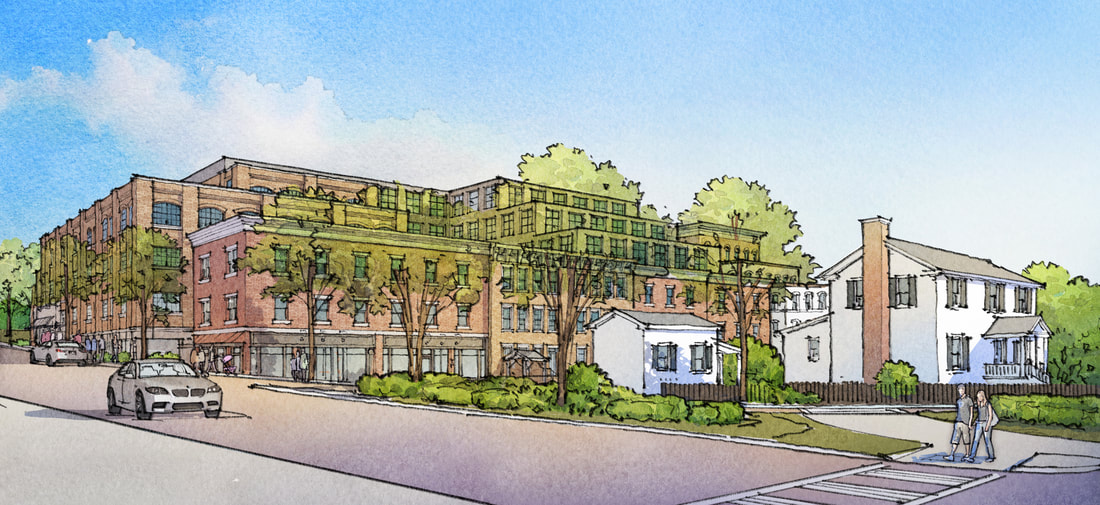
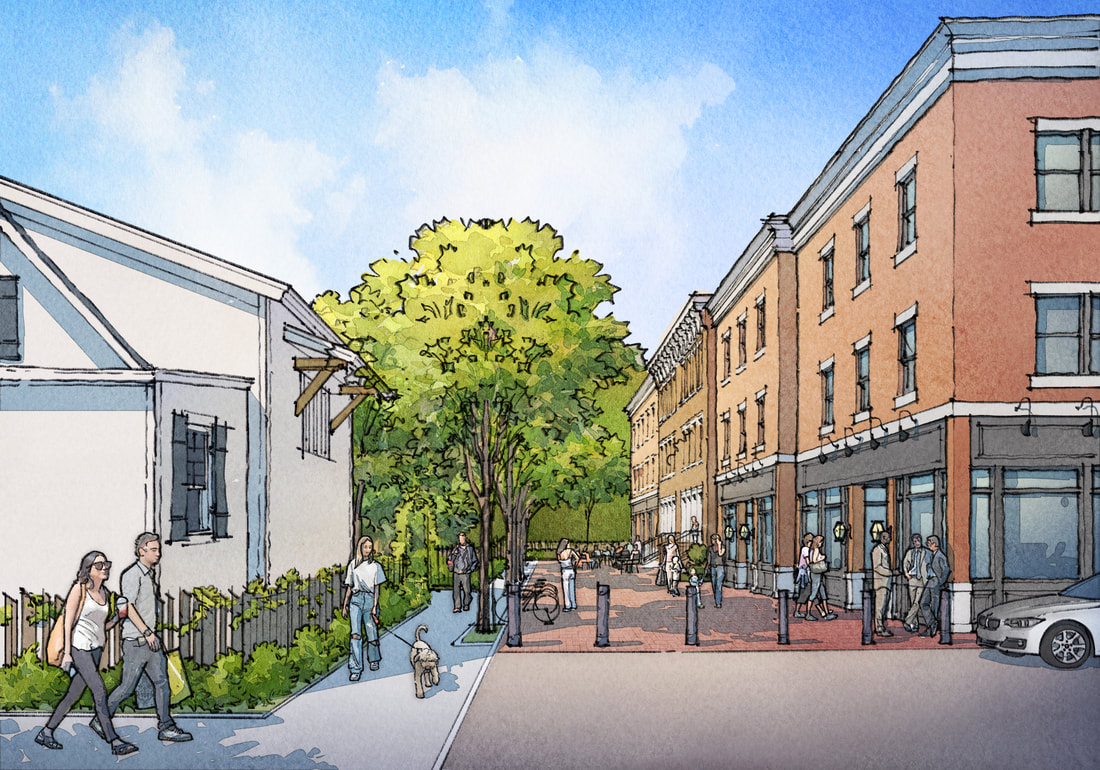

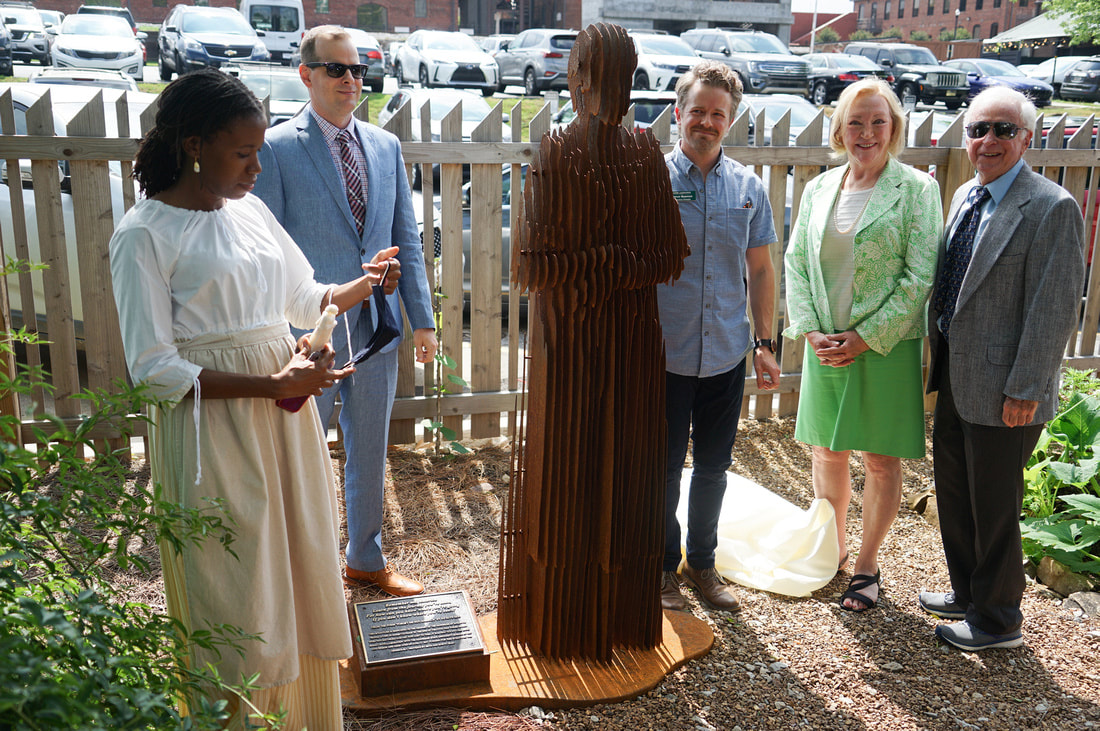
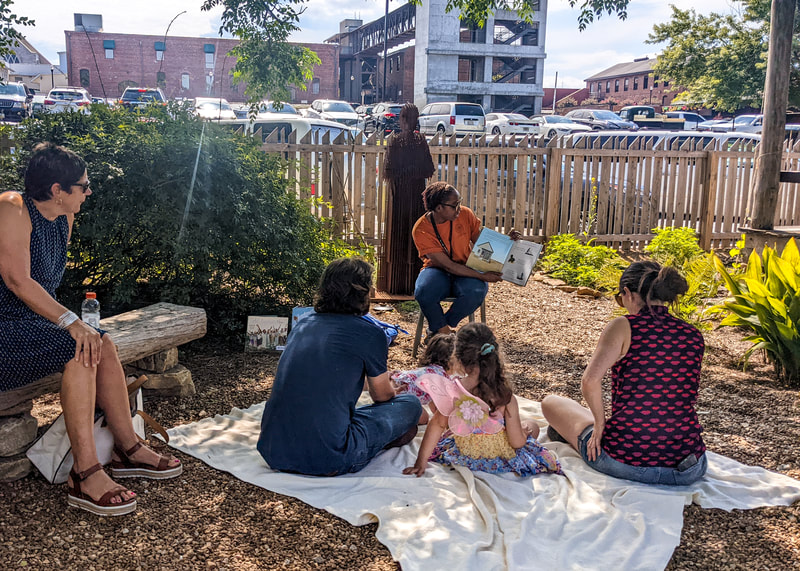
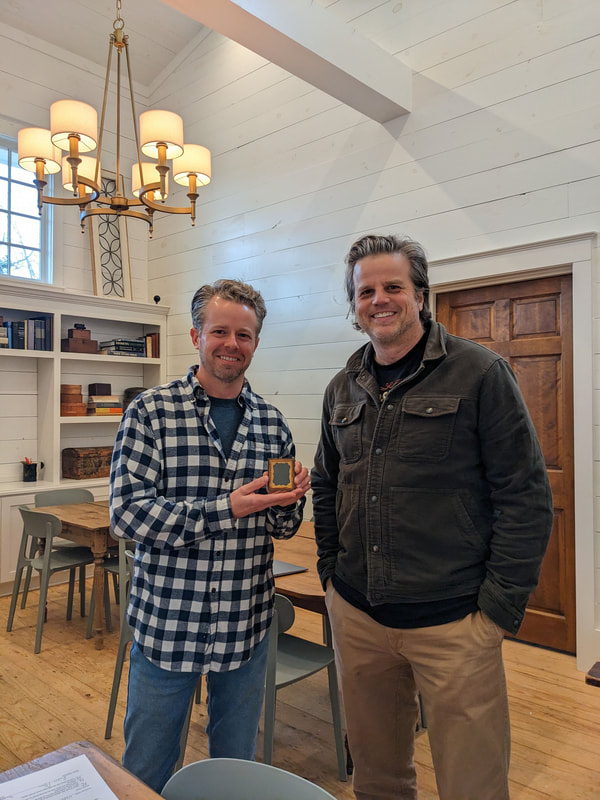
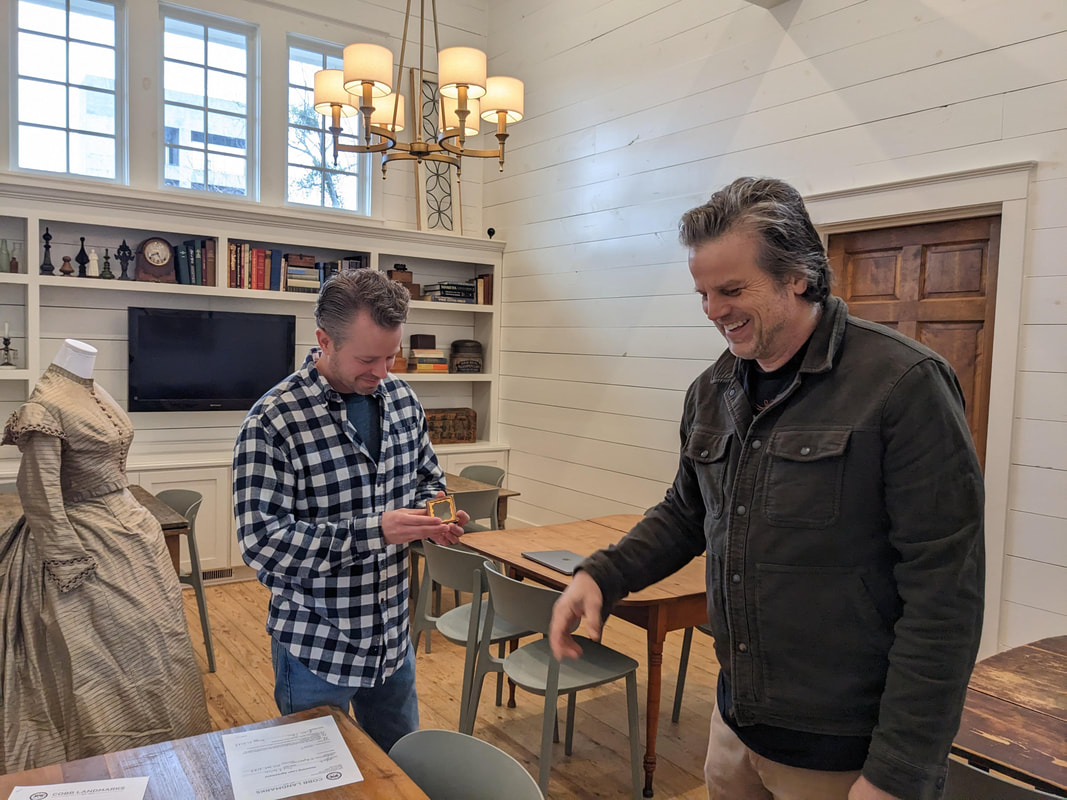

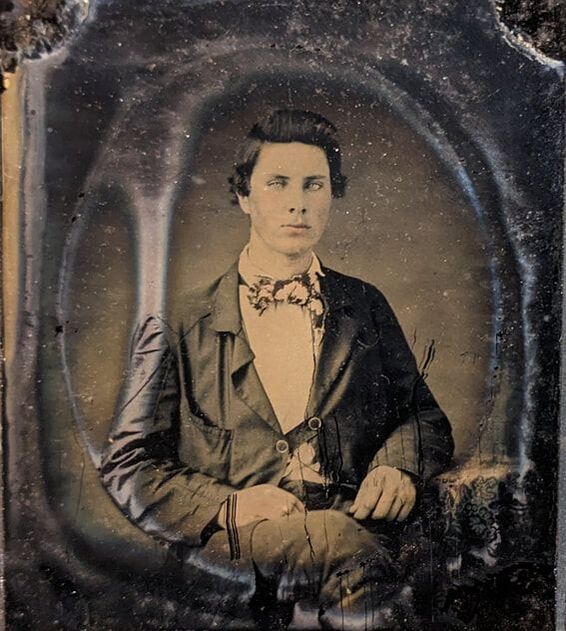
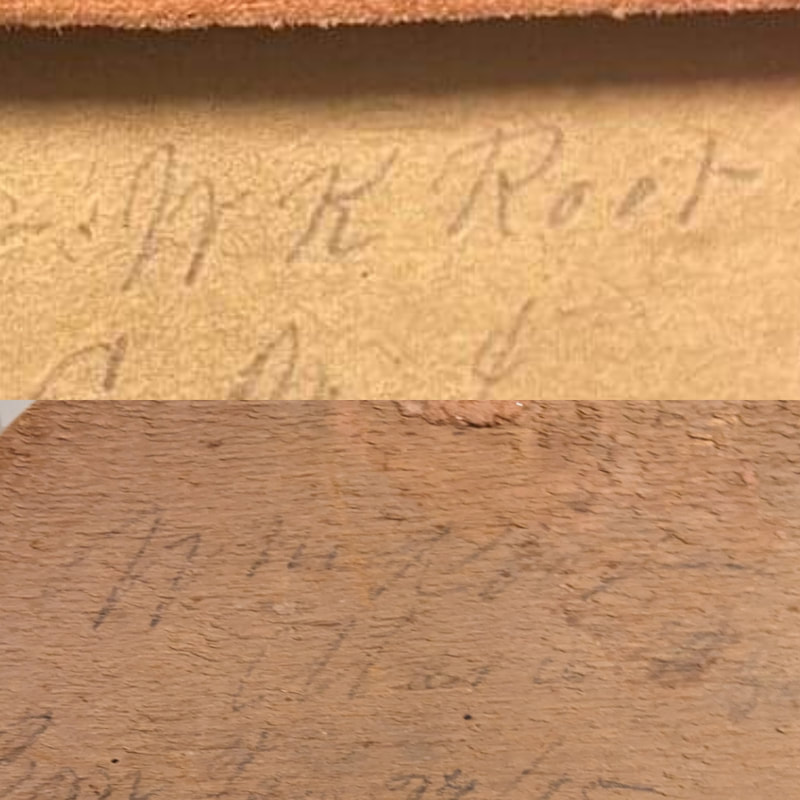
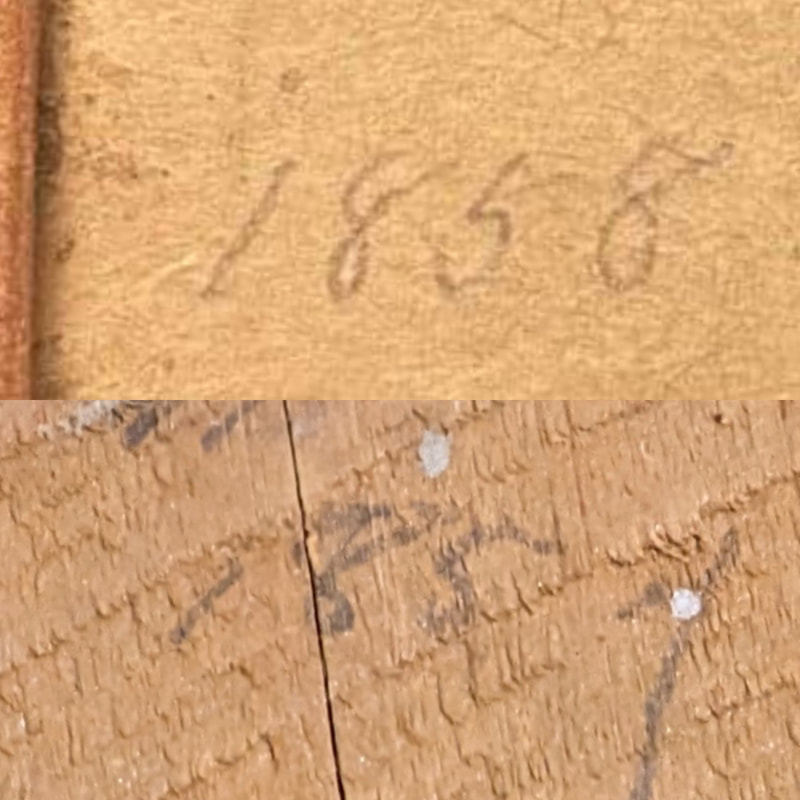
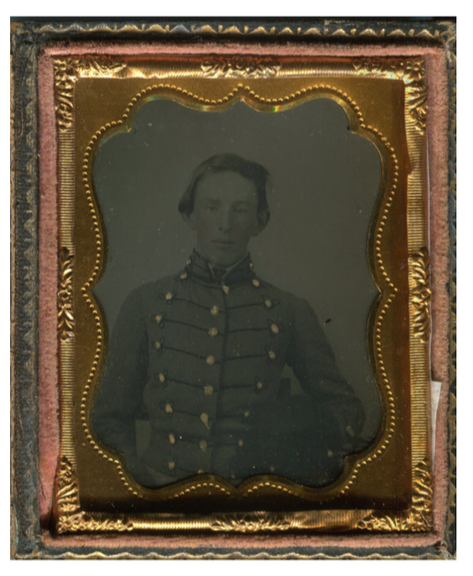
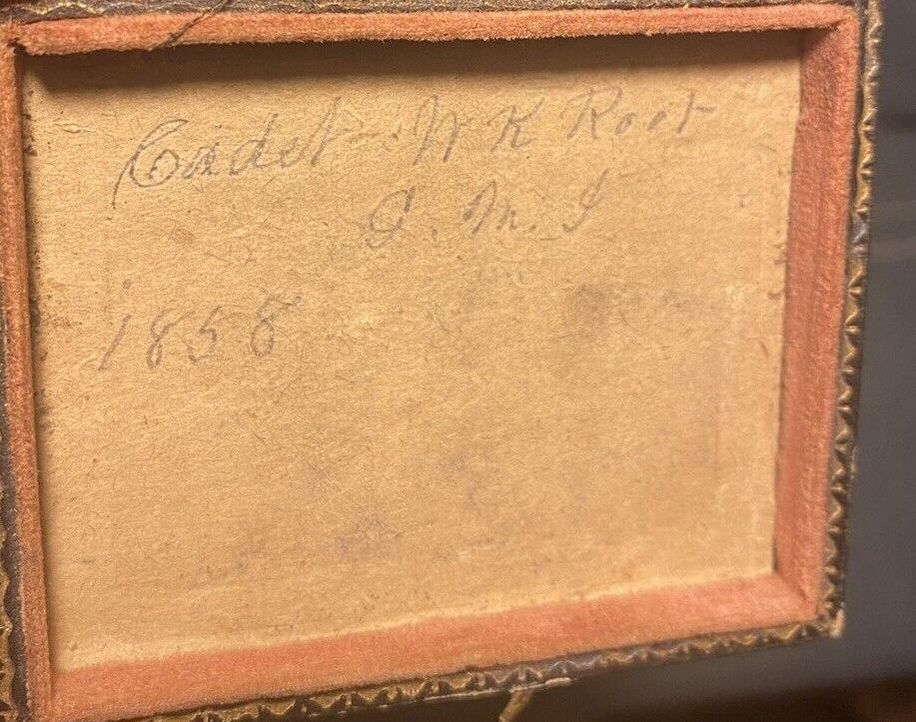
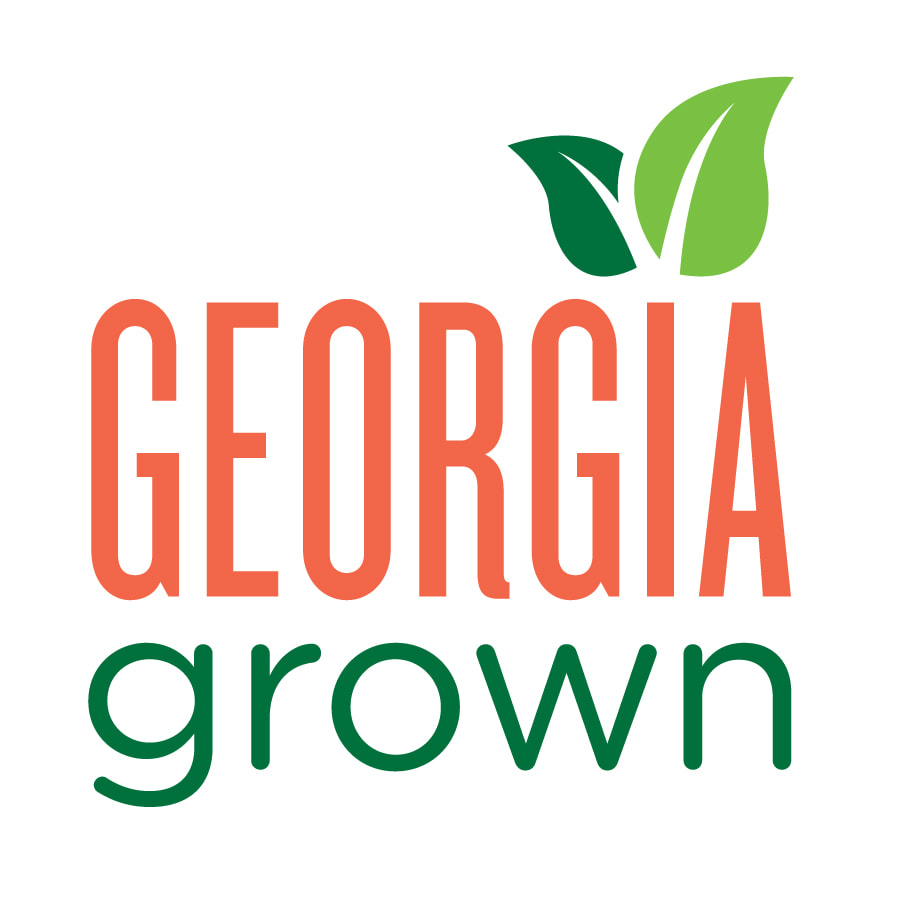
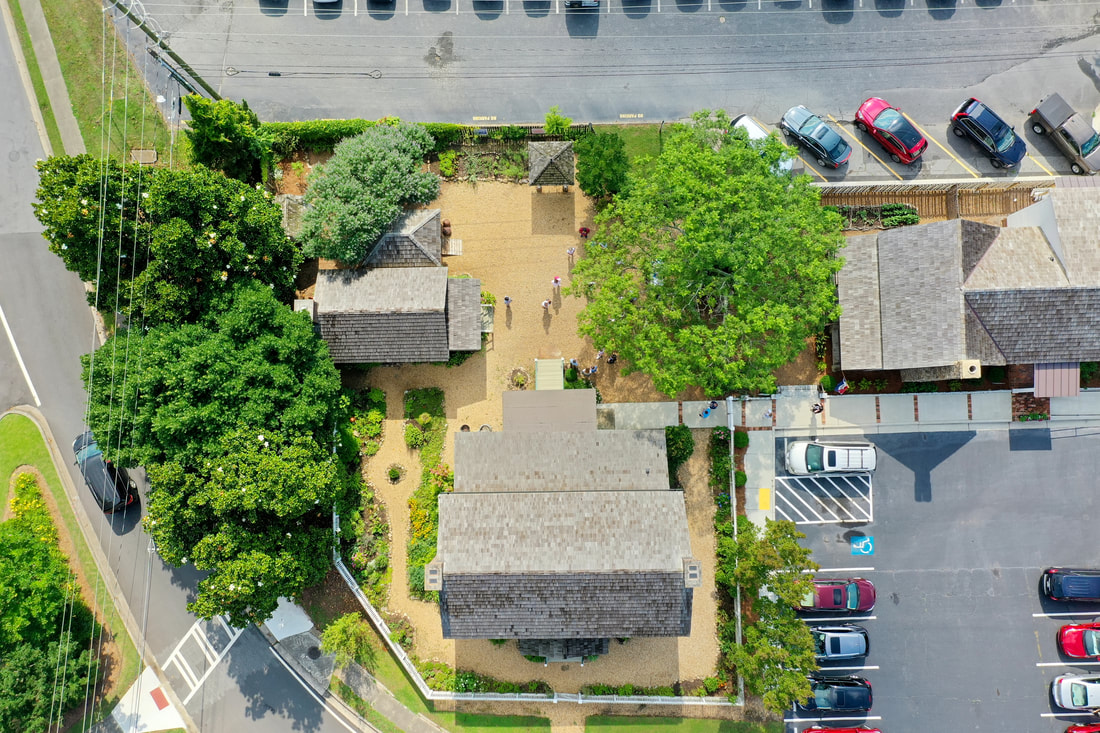
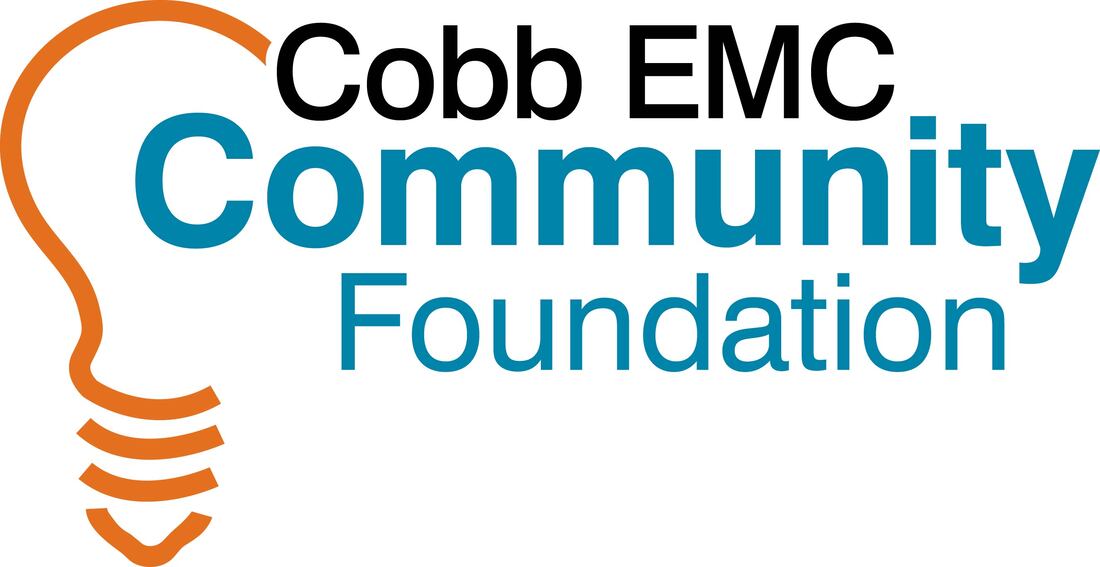
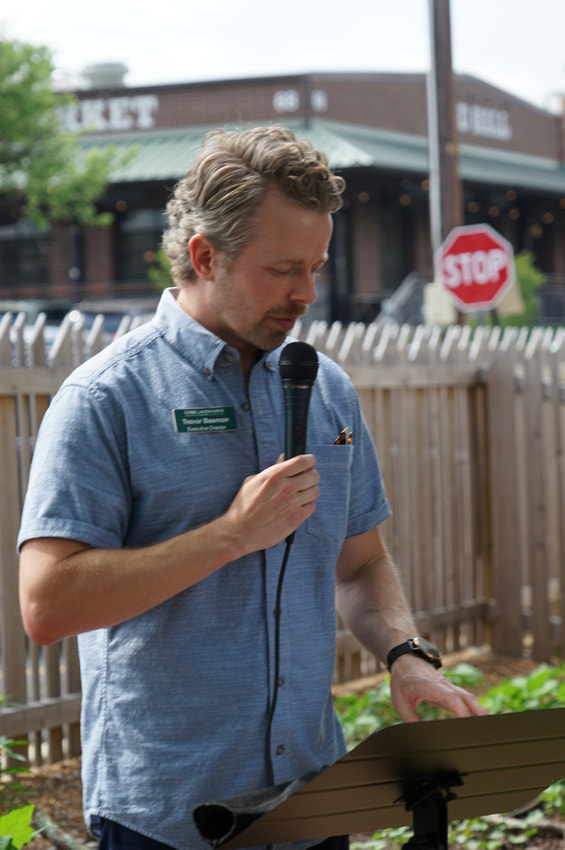
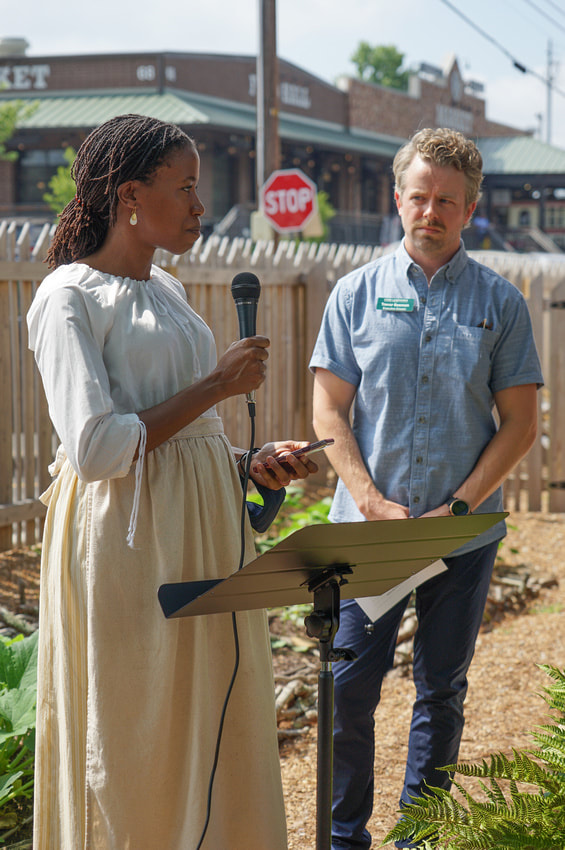
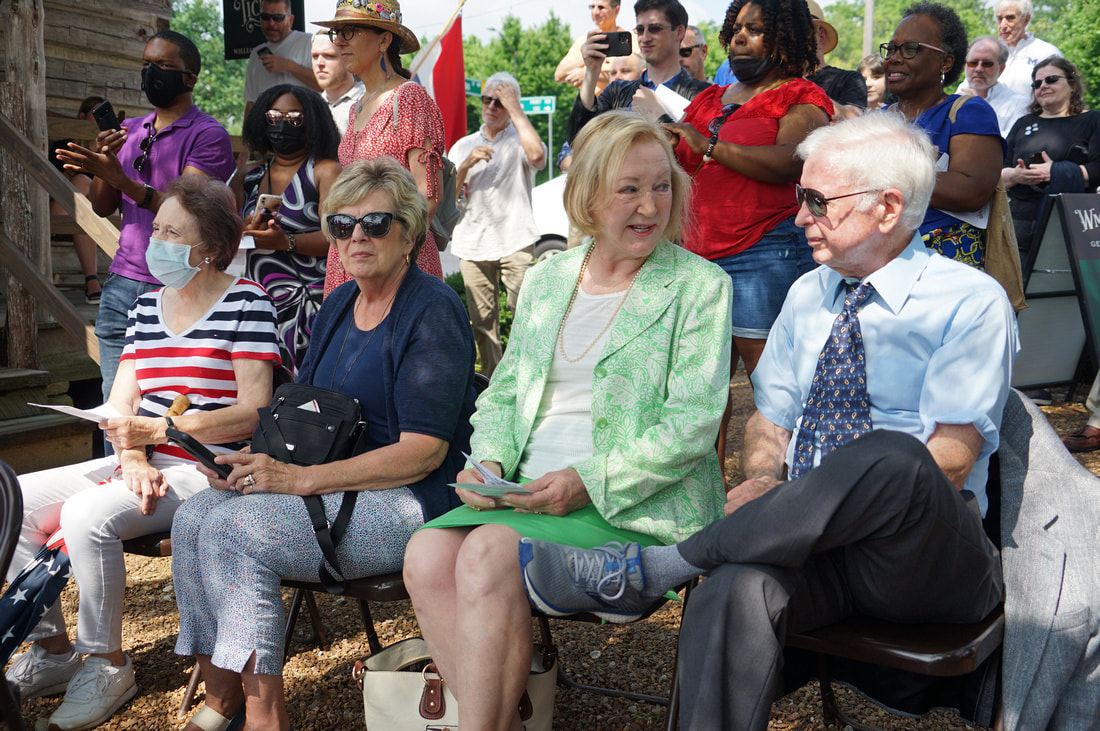
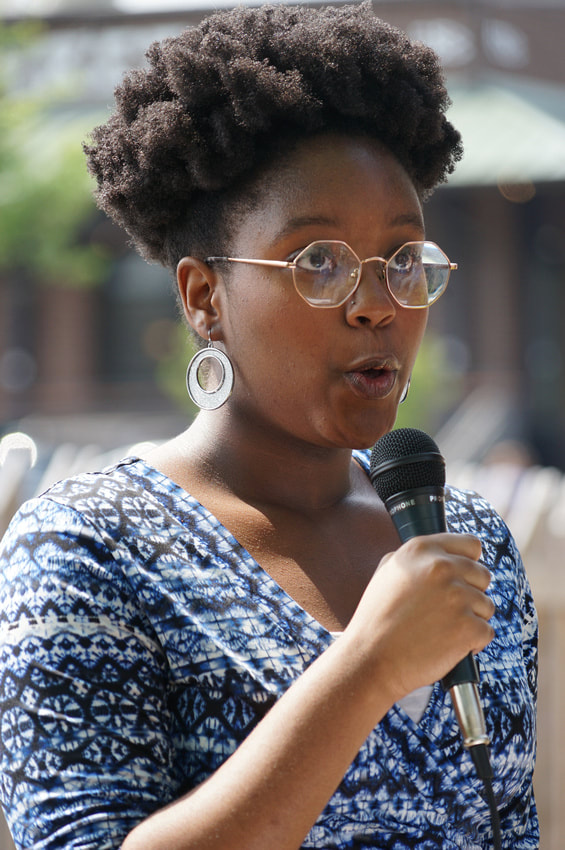
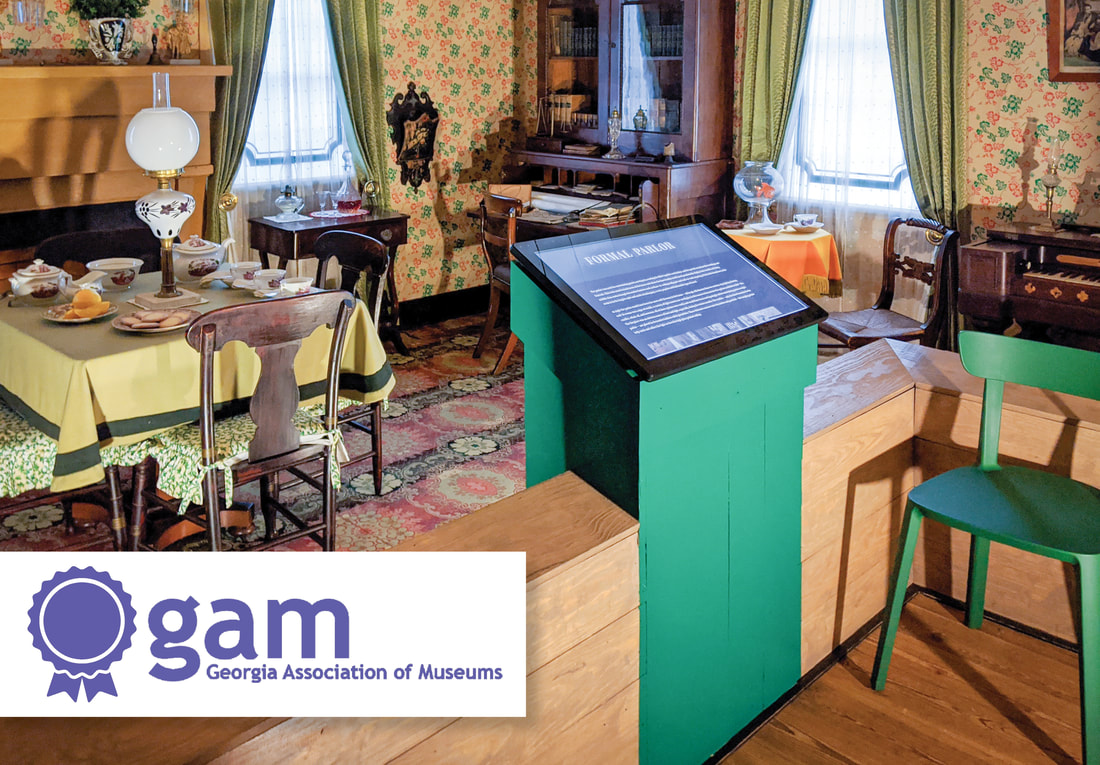
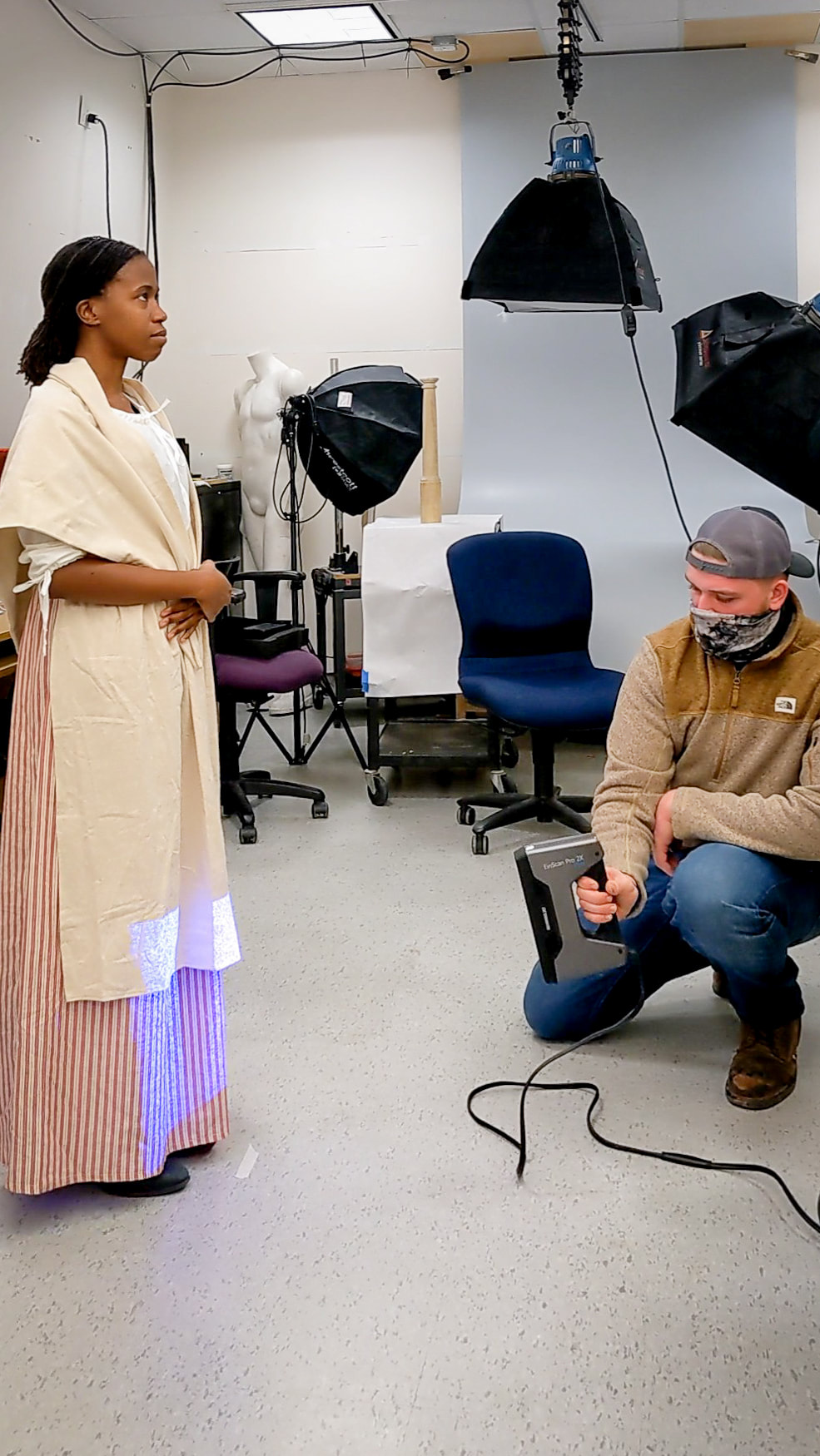
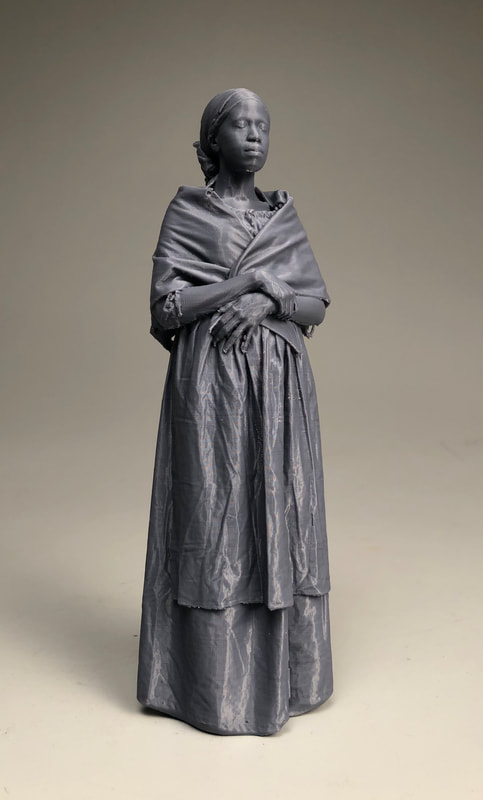
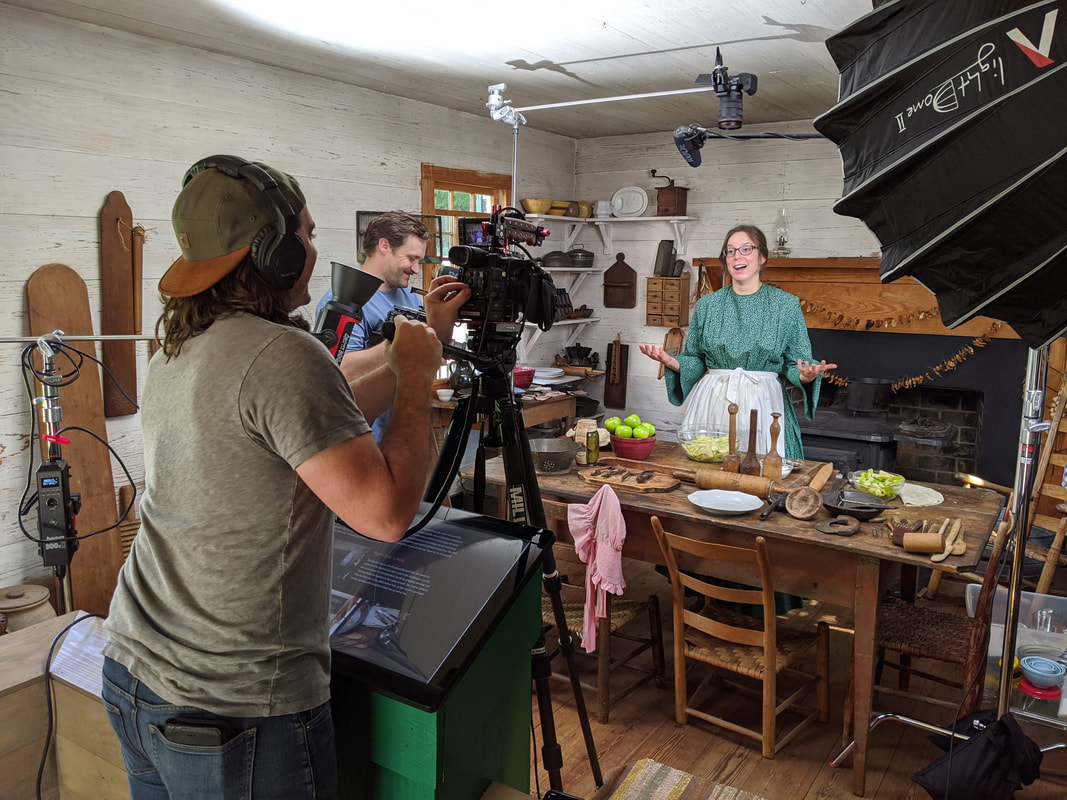
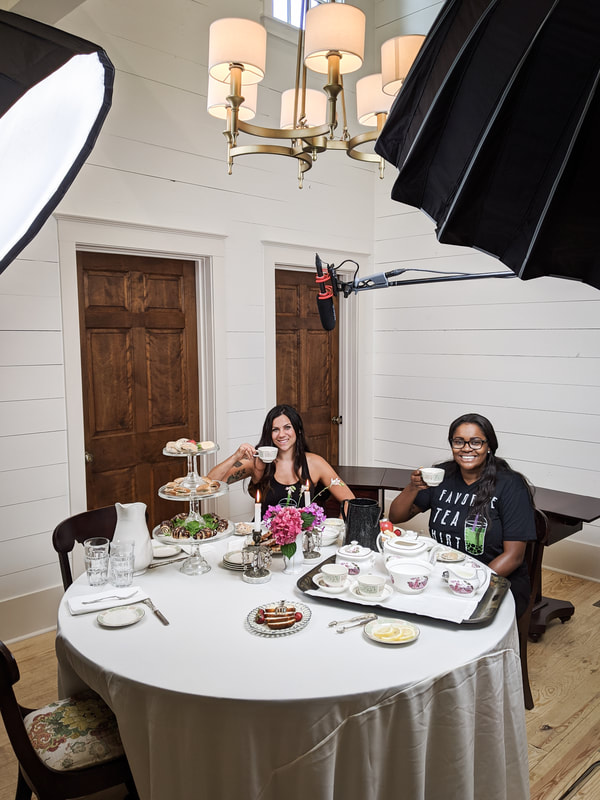
 RSS Feed
RSS Feed
